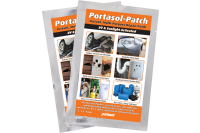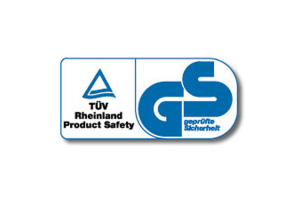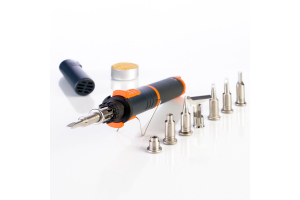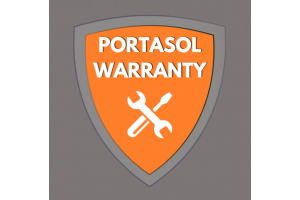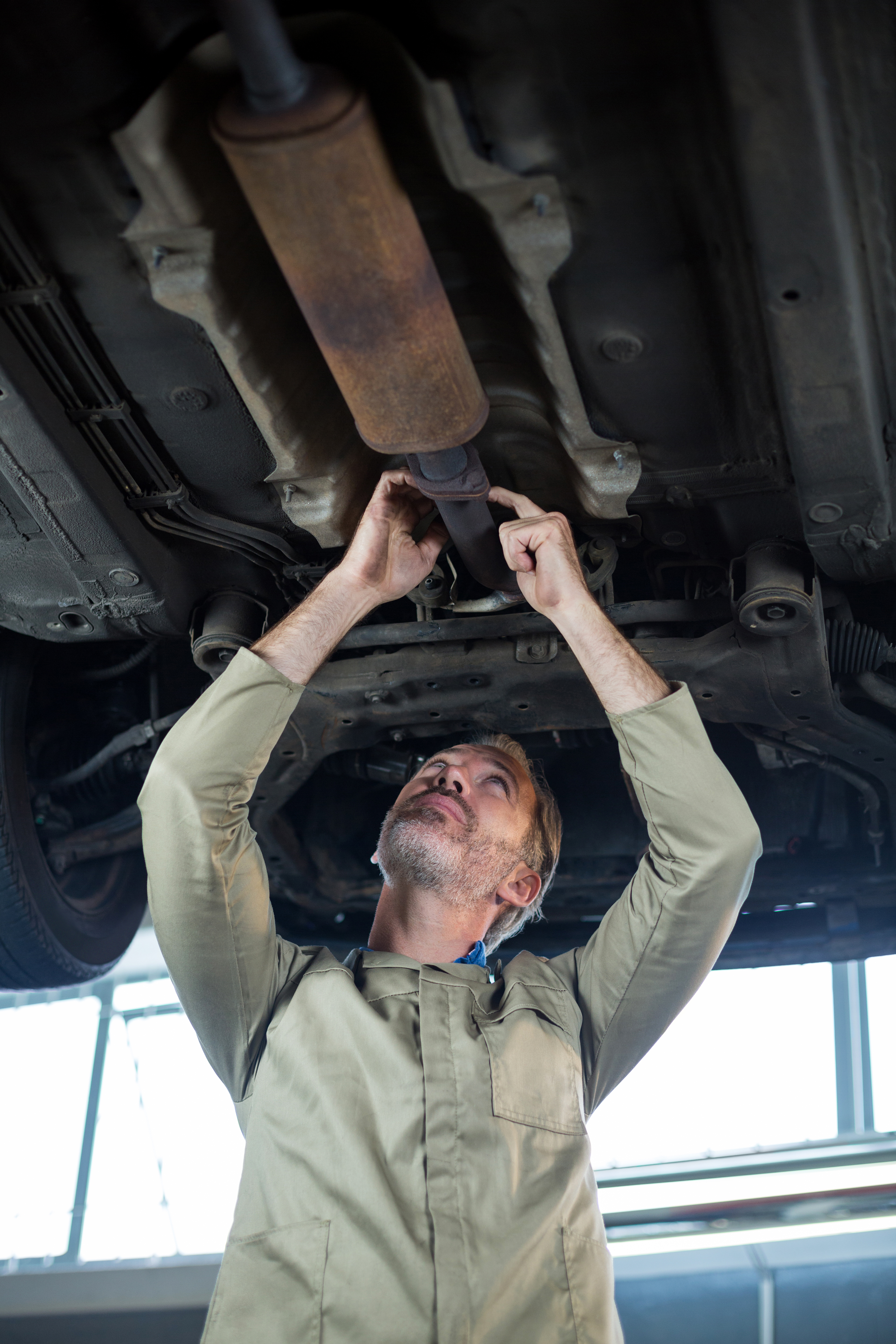
Repairing an exhaust leak without welding can be done and it could not be easier using the Portasol-Patch.
A broken exhaust is usually accompanied by a hissing sound, rattling, a low rumble or even loud noises.
First of all, you need your materials to get the job done! Don’t worry, it’s not a big list.
Materials You'll Need:
- Portasol-Patch: Our repair patch is available on our website and from a wide variety of distributors in two sizes, 3”x6” and 6”x9”.
- Wire Brush: To clean the area around the leak.
- Safety Gear: Wear safety gloves and safety glasses to protect yourself while working on the exhaust system.
Here is a step-by-step guide:
- Safety First: Make sure your vehicle is parked in a safe and well-ventilated area. Allow the exhaust system to cool down if it's hot.
- Locate the Leak: Inspect your exhaust system to find the location of the leak. It may appear as a small hole, crack, or gap in the exhaust pipe or muffler. If might be necessary to jack the vehicle up, if so please follow all relevant safety procedures when jacking a vehicle up.
- Clean the Area: Use a wire brush to clean the area around the leak. Removing rust, dirt, and debris will help the repair patch adhere better. This is an essential step and is not to be underestimated, it will really help the longevity of the repair.
- Cut the Repair-Patch to the required size: It is recommended cut a piece that is slightly longer and wider than the area you want to cover. Ensure it's large enough to cover the leak and extend a bit beyond it, this will allow for the patch to get more purchase on the patch, and therefore a much better bond will be created.
- Apply the Patch: Remove white backing tape to expose the sticky resin. Apply Quick Patch to repair area with sticky side down and press firmly. Over entire area, ensuring the apply enough pressure to create a strong bond.
- Cure the patch: Remove transparent film backing on the other side after application and expose to UV or Sunlight. Curing time depends on UV intensity, between 5 minutes (sunny) and 50 minutes (cloudy) or use a UV light if not in direct sunlight with a minimum of 51 lumens for a quick curing time. Allow sufficient time to cure and ensure patch is cured before starting the vehicle.
- Allow to Cure: Some repair tapes or patches may require curing time. Follow the instructions on the product packaging. This often involves running the engine for a few minutes to allow the exhaust heat to cure the repair material.
- Inspect for Leaks: Once the repair has cured or cooled, start the engine and listen for any unusual noises or signs of leaks. If there are still leaks, you may need to repeat the process or consider a more extensive repair.
The Portasol-Patch is the perfect repair tool for many automotive jobs and repairs, but it can also be used for repairs everywhere else also as it can bond with nearly all materials.

